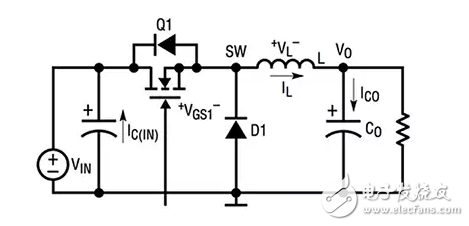
资料下载

×
选择高频开关稳压器时的设计折衷
消耗积分:0 |
格式:rar |
大小:0.13 MB |
2017-05-28
选择高频开关稳压器时的设计折衷
自20世纪80年代以来,DC到DC开关电压转换器(“开关稳压器”)已成为流行的电池供电的应用,因为其固有的高效率相比,线性稳压器。此属性允许电池持续更长的时间和电路保持冷却器。
随着时间的推移,厂商增加了频率的调节开关从几百千赫到三或四兆赫。在更高的频率操作的主要好处是,它允许使用更小的外部元件,如电感器和电容器,节省电路板的空间和元件成本。

Unfortunately, higher-frequency devices are less efficient than their slower-switching counterparts, forcing engineers to trade-off size and cost advantages against shorter battery life. However, a new generation of high-frequency voltage regulators takes advantage of modern process technology to improve performances.
This article takes a closer look at the trade-offs when designing a power supply based on a high-frequency regulator and describes some examples of new highly-efficient chips from the major silicon vendors.
声明:本文内容及配图由入驻作者撰写或者入驻合作网站授权转载。文章观点仅代表作者本人,不代表电子发烧友网立场。文章及其配图仅供工程师学习之用,如有内容侵权或者其他违规问题,请联系本站处理。 举报投诉
评论(0)
发评论
- 相关下载
- 相关文章






